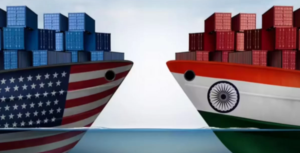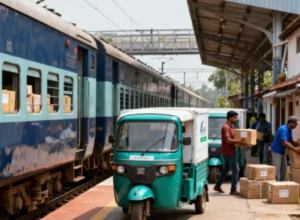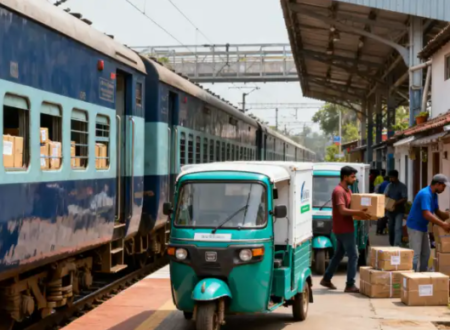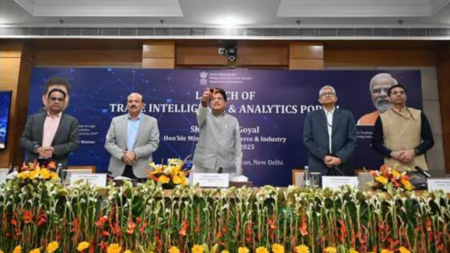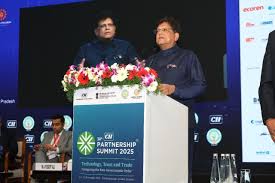India’s Commerce Secretary, Rajesh Agrawal, reviewed the progress of the India-EAEU Free Trade Agreement talks in Moscow.
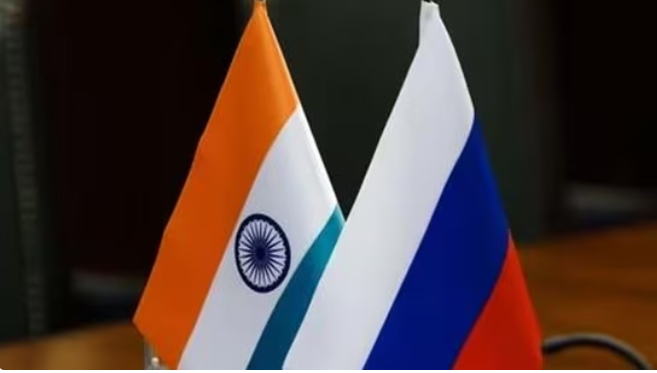
India and Russia held meetings in Moscow on Sunday to assess the upcoming phases of the Free Trade Agreement covering goods between India and the Eurasian Economic Union (EAEU), while also reiterating their shared ambition to achieve $100 billion in two-way trade by 2030, the Ministry of Commerce reported.
The Ministry’s statement confirmed that Commerce Secretary Rajesh Agrawal met with Mikhail Yurin, Russia’s Deputy Minister of Industry and Trade, and Andrey Slepnev, the Eurasian Economic Commission’s Trade Minister, in the Russian capital to discuss the progress of the India-EAEU trade negotiations. The EAEU is a post-Soviet bloc of five countries, led by Russia, including Kazakhstan, Belarus, Armenia, and the Kyrgyz Republic, and boasts a combined GDP of $6.5 trillion.
The statement highlighted that the discussions moved forward from the previous India-Russia Working Group results, focusing on ongoing diversification, reinforcing stable supply chains, guaranteeing foreseeable regulation, and fostering equitable growth within the partnership. It further stated that these initiatives are in line with the goal of increasing Indian exports through industrial and technology cooperation and reaching $100 billion in bilateral trade by 2030.
Agrawal and Slepnev discussed the upcoming stages necessary for the India-EAEU Free Trade Agreement on goods. The 18-month work plan outlined under the terms of reference (ToR), which were signed on August 20, 2025, aims to diversify markets for Indian companies, especially MSMEs, farmers, and fishers. As the process progresses, the services and investment tracks will also be evaluated in accordance with the Leaders’ directives, the release stated.
Yurin met with the commerce secretary to examine ways to strengthen cooperation in trade diversification, supply-chain resilience, and essential minerals. Both parties addressed a time-limited strategy concerning crucial industries like pharmaceuticals, telecom equipment, machinery, leather, automobiles, and chemicals.
The commerce secretary met with Yurin to discuss measures to improve collaboration in vital minerals, supply-chain resilience, and trade diversification. The report indicates that a time-bound strategy was discussed by both sides, targeting major sectors including pharmaceuticals, telecom equipment, machinery, leather, automobiles, and chemicals.
In order to resolve certification requirements, listings of agricultural and maritime firms, prevention of monopolistic practices, and other non-tariff issues, the two sides decided to engage in a regulator-to-regulator dialogue every quarter. It stated that in order to increase predictability and simplicity of doing business for companies in both nations, the dialogue also addressed practical measures pertaining to payments, logistics, and standards.
Senior business executives from Russia and India attended an industry plenary that Agrawal spoke at as well. In addition to highlighting India’s digital public infrastructure, logistical improvements, and chances for co-investment and co-production across commodities and services, he urged businesses to match their initiatives with the 2030 bilateral trade target.
“The talks highlighted the necessity of expanding the export basket, reducing supply chain risk, and turning planned projects into workable contracts that improve value and volume, creating more jobs and long-term prosperity for people in both nations. As it strives to become a developed country, Viksit Bharat, by 2047, India, a reliable partner for both developed and developing countries, hopes to increase trade and economic ties with Russia, according to the statement.
SOURCE – HINDUSTAN TIMES

